Description
Terpsichore by Francesco Bartolozzi printed on a Hoodie
About the Hoodie
Modern fit
It provides a more tailored look than a regular fit
Comfortable
The fabric and fit of this item are extra comfy
Tear-away tag
Easily removable tear-away tag that allows you to add a custom inside label
Premium quality
The product is made from premium, high-quality materials
Classic unisex hoodie with a front pouch pocket and matching flat drawstrings. The 100% cotton exterior makes this hoodie soft to the touch.
- 65% ring-spun cotton, 35% polyester
- Charcoal Heather is 60% ring-spun cotton, 40% polyester
- Carbon Grey is 55% ring-spun cotton, 45% polyester
- 100% cotton face
- Fabric weight: 8.5 oz./yd.² (288.2 g/m²)
- Front pouch pocket
- Self-fabric patch on the back
- Matching flat drawstrings
- 3-panel hood
- Tear-away tag
Francesco Bartolozzi (1727-1815)
Francesco Bartolozzi RA was an Italian engraver, whose most productive period was spent in London. He is noted for popularizing the “crayon” method of engraving.
Bartolozzi was born in Florence in 1727. He was originally destined to follow the profession of his father, a gold- and silver-smith, but he manifested so much skill and taste in designing that he was placed under the supervision of two Florentine artists, including Ignazio Hugford and Giovanni Domenico Ferretti who instructed him in painting. After devoting three years to that art, he went to Venice and studied engraving. He spent six years there working for Joseph Wagner, an engraver and printseller, before setting up his own workshop.
His first productions in Venice were plates in the style of Marco Ricci, Zuccarelli. He then moved for a short time in 1762 to Rome, where he completed a set of engravings representing frescoes at Grottaferrata by Domenichino depicting the life of St Nilus. Those and his etchings of Old Master’s works, began to draw attention throughout Europe. In 1763 he met Richard Dalton, the English Royal Librarian who was traveling in Italy looking for acquisitions for the King’s collections. Dalton offered him an appointment as Engraver to the King; Bartolozzi accepted and left for London in 1764.
He lived in London for nearly forty years. He produced an enormous number of engravings, including Clytie after Annibale Carracci, and of the Virgin and Child, after Carlo Dolci. A large proportion of them are from the works of Cipriani and Angelica Kauffman. Bartolozzi also contributed a number of plates to Boydell’s Shakespeare Gallery. He also drew sketches of his own in red chalk. Soon after arriving in London, he was appointed ‘Engraver to the King’ (George III) with an annual salary of £300. He was elected a founding member of the Royal Academy. The new Academy’s bylaws specifically excluded engravers but Bartolozzi was so well esteemed that he was brought in as an Academician in the category of Painter. In 1802 became the founding President of the short-lived Society of Engravers.
While Bartolozzi was not the original inventor of the crayon manner of engraving, he became a leading exponent that “stipple” method and it became associated with him. With that technique images are created by delicate dots rather than lines as in traditional etchings or engravings. Bartolozzi added distinction to his work by using red (sanguine), orange and brown inks rather than common black ink.
As his prominence grew, he took on students including Michele Benedetti, Ignatius Joseph van den Berghe, Thomas Cheesman, Lambertus Antonius Claessens, Daniel Gardner, Christiaan Josi, Johan Fredrik Martin, Conrad Martin Metz, Luigi Schiavonetti, John Keyse Sherwin, Heinrich Sintzenich, Peltro William Tomkins, Domenico Bernardo Zilotti, and Gavriil Skorodumov.
His son Gaetano Stefano Bartolozzi, born in 1757, also became an engraver and later fathered Madame Vestris a celebrated English actress, opera singer, and theater manager.
In 1802, Bartolozzi accepted the post of director of the National Academy of Lisbon and moved there with the intention of reforming the royal press and producing an edition of the Portuguese epic poem The Lusiads (Os Lusíadas). By then he was in his seventies and delegated much of the work to one of his students. Despite his fame and prolific output, debts forced himto sell off most of his prints and possessions. Bartolozzi died in his studio in 1815 and was buried in the common grave of a Lisbon church.

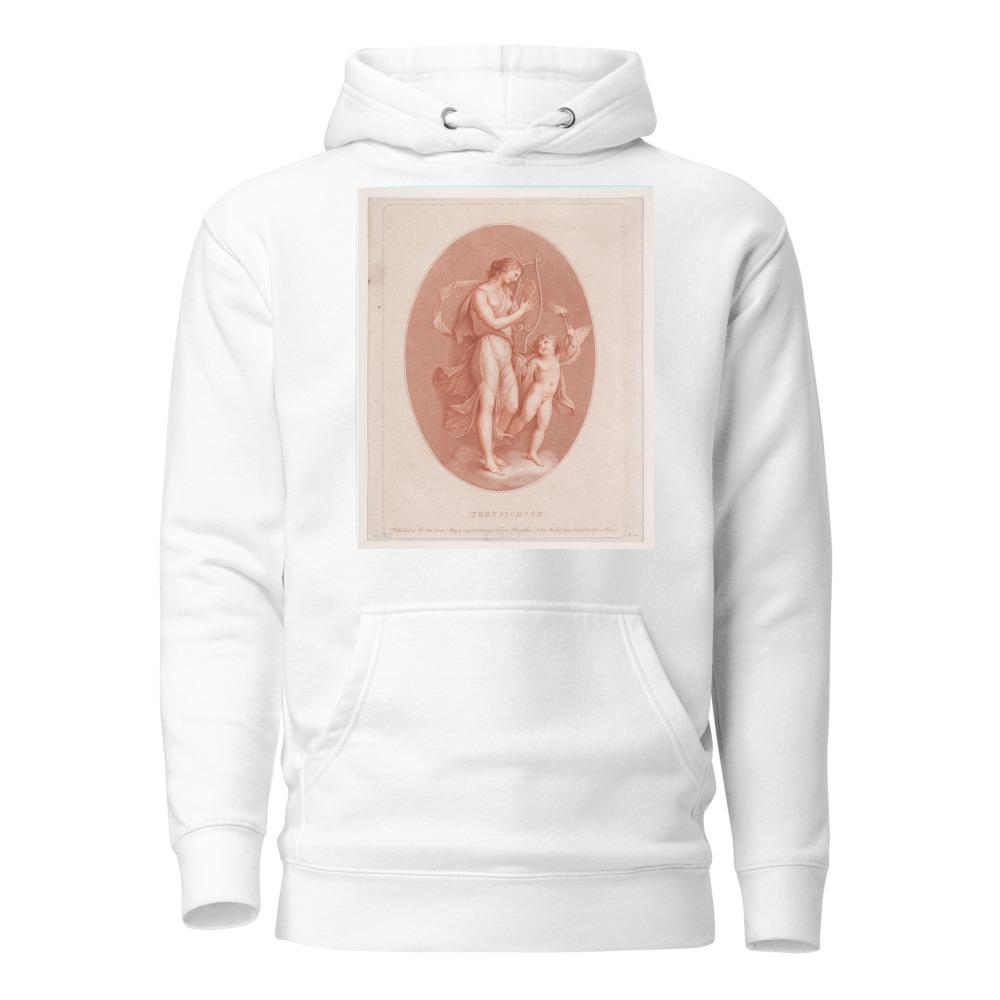
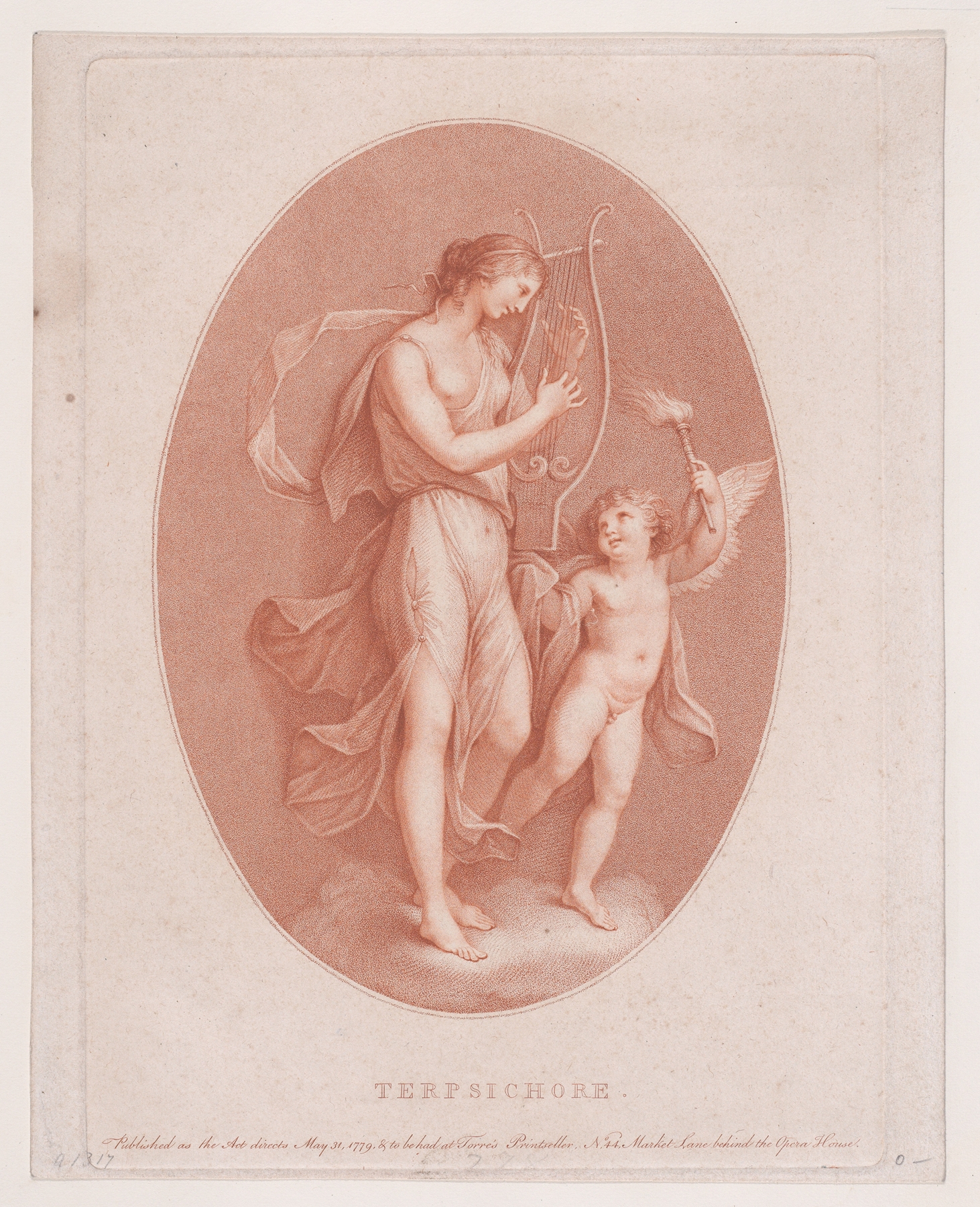
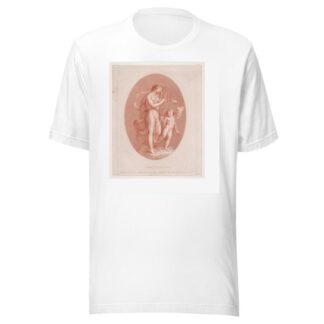
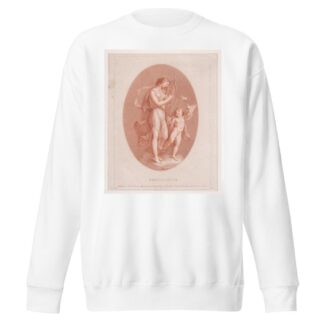
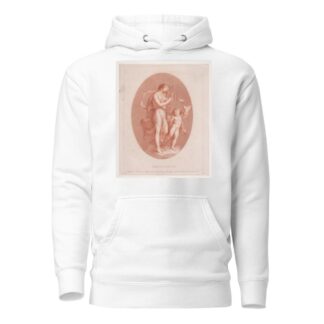
Reviews
There are no reviews yet.